
Loktak Lake, the largest freshwater lake in Northeast India. Situated about 40 kilometers south of Imphal, the capital of Manipur, this natural wonder is not just a scenic spot; it is an ecological treasure trove that plays a crucial role in the region’s economy, culture, and biodiversity. Let’s dive in and explore the unique magic of Loktak Lake!
The Floating Island – Phumdis: Nature’s Wonder
 Loktak Lake is often called the “Floating Lake” for one fascinating reason – its Phumdis . Phumdis are circular, floating islands made of vegetation, soil, and organic matter. They are unlike anything you’ve ever seen. These islands shift with the wind, bobbing on the lake’s surface like giant, green cushions. Imagine standing on one of them, surrounded by water and a feeling of weightlessness. It’s an experience you can’t find anywhere else in the world.
Loktak Lake is often called the “Floating Lake” for one fascinating reason – its Phumdis . Phumdis are circular, floating islands made of vegetation, soil, and organic matter. They are unlike anything you’ve ever seen. These islands shift with the wind, bobbing on the lake’s surface like giant, green cushions. Imagine standing on one of them, surrounded by water and a feeling of weightlessness. It’s an experience you can’t find anywhere else in the world. At the heart of these floating masses lies Keibul Lamjao National Park, the only floating national park in the world. This park is home to the endangered Sangai deer, also known as the Manipur brow-antlered deer.
At the heart of these floating masses lies Keibul Lamjao National Park, the only floating national park in the world. This park is home to the endangered Sangai deer, also known as the Manipur brow-antlered deer. The park’s beauty is unmatched, offering visitors a chance to witness the delicate balance of life in this aquatic ecosystem.
The park’s beauty is unmatched, offering visitors a chance to witness the delicate balance of life in this aquatic ecosystem.
The Cultural Significance: Living with the floating island of Northeast India
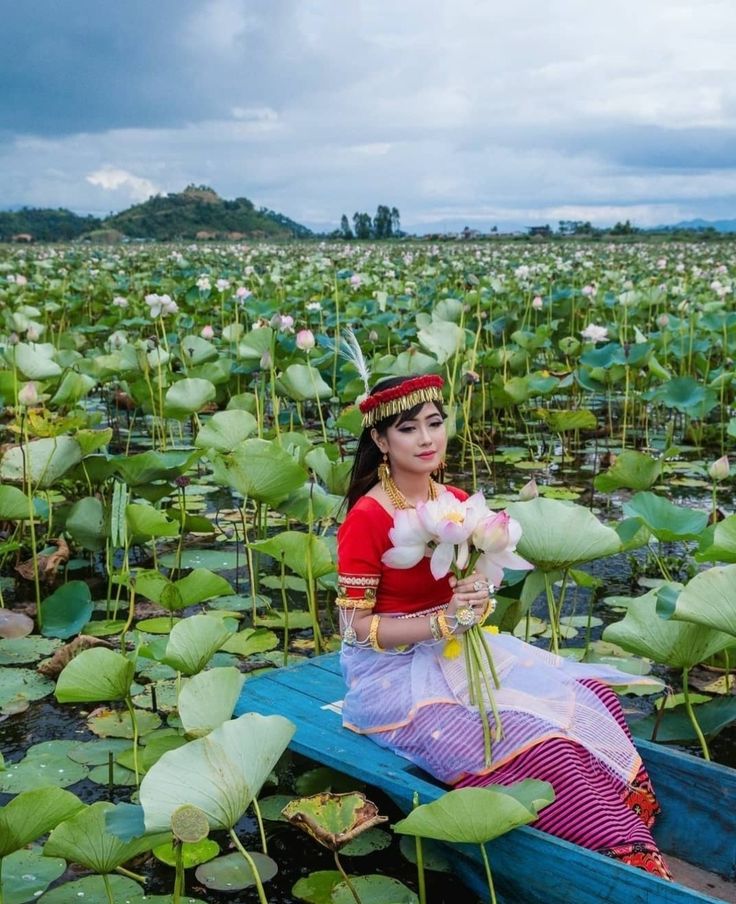 The lake is not just a natural wonder but a lifeline for the people around it. The Meitei people, the primary tribe living around Loktak, have built their homes on the phumdis, creating floating villages. These villages are a sight to behold, where the community lives in harmony with the water. Their traditional fishing practices, passed down through generations, are deeply tied to the lake’s ecosystem. The Meitei people rely on Loktak for their livelihood, using the lake’s resources for fishing, agriculture, and hydropower generation.
The lake is not just a natural wonder but a lifeline for the people around it. The Meitei people, the primary tribe living around Loktak, have built their homes on the phumdis, creating floating villages. These villages are a sight to behold, where the community lives in harmony with the water. Their traditional fishing practices, passed down through generations, are deeply tied to the lake’s ecosystem. The Meitei people rely on Loktak for their livelihood, using the lake’s resources for fishing, agriculture, and hydropower generation.
Biodiversity: A Haven for Wildlife
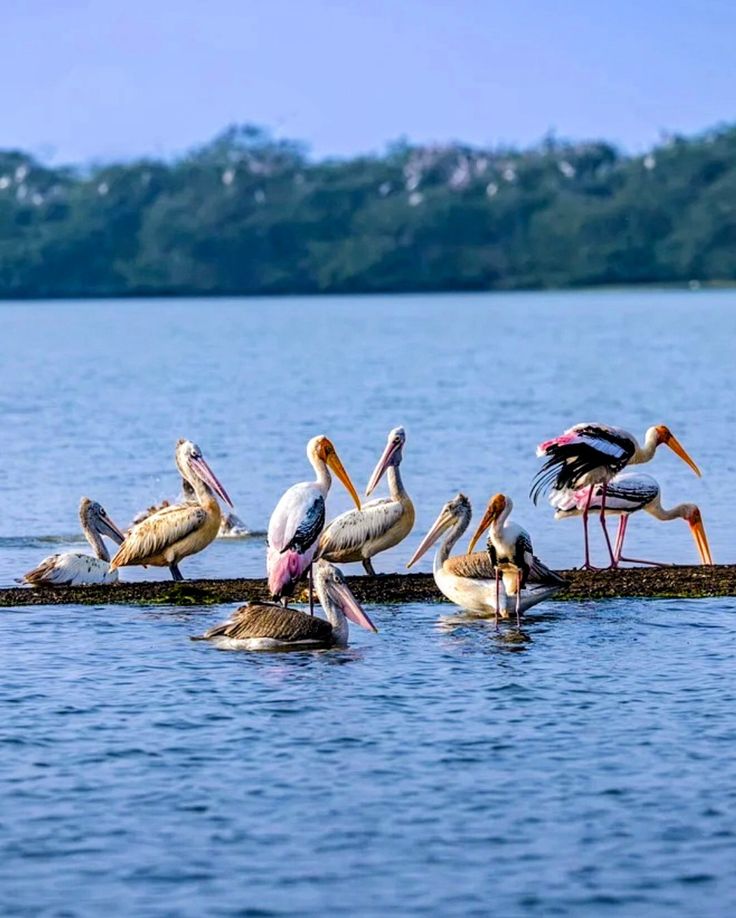

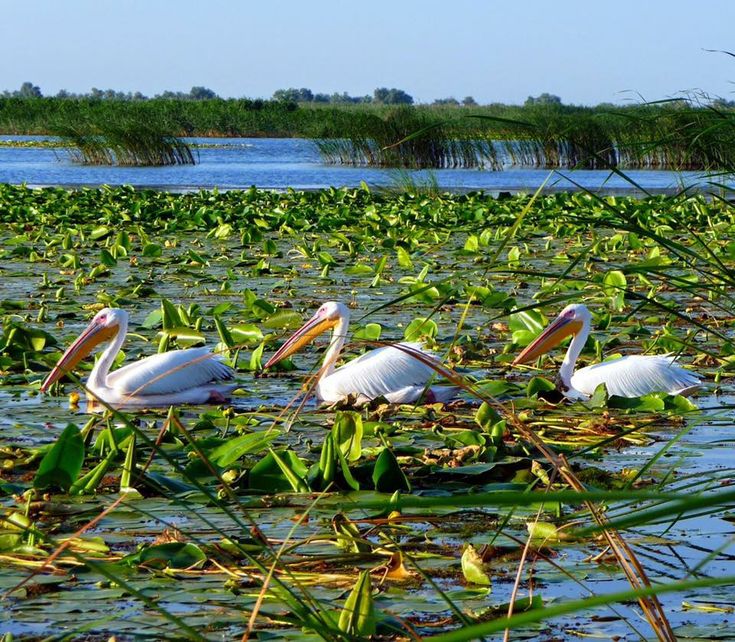
Loktak Lake is a sanctuary for over 230 species of aquatic plants, 100 species of birds, and more than 400 species of fauna, including barking deer, sambar, and the elusive Indian python. The lake’s rich biodiversity has earned it a place on the Ramsar Convention’s list of Wetlands of International Importance, making it a key area for wildlife conservation. For birdwatchers and nature lovers, Loktak is a paradise where you can spot rare and beautiful species, including the Siberian crane and the Great Crested Grebe.
The Economic Importance
Loktak Lake isn’t just a natural wonder; it is vital to the economy of Manipur. It provides
- drinking water to the local population
- supports irrigation for agriculture
- generates hydropower
- Fishermen rely on the lake for their catch
- while the floating islands themselves offer a platform for unique floating homestays, attracting tourists from all over the world.
However, this delicate balance is under threat. Pollution, over-exploitation of resources, and the construction of the Ithai Barrage have had significant impacts on the lake’s ecosystem. The barrage, part of the Loktak Hydroelectric Project, has altered water levels, leading to habitat loss for species like the Sangai deer. These issues have led to Loktak’s listing on the Montreux Record in 1993, a warning for urgent conservation action.
What You Can Do: The Way Forward
Despite these challenges, there’s hope. Conservation efforts are underway to protect this magnificent lake. The Manipur High Court has taken a proactive role in monitoring the lake’s status, and there’s a push for sustainable tourism. One innovative approach is promoting floating homestays, which are run by local youths. These homestays offer tourists an opportunity to live on the lake and experience its wonders up close, while contributing to the local economy.

As a visitor, you can play your part by respecting the dos and don’ts set by local authorities, supporting sustainable tourism practices, and spreading awareness about the importance of preserving Loktak Lake for future generations.
Best Time to Visit
The best time to visit Loktak Lake is during the winter months (October to March) when the weather is pleasant, and the lake is at its most breathtaking. The mist rising off the water, the warm golden hues of the sun during sunrise and sunset, and the serene atmosphere make it an unforgettable destination.
How to Reach Loktak Lake
Getting to Loktak is easy. Fly into Imphal, the capital of Manipur, and then take a taxi or bus to the lake, which is about 48 km away. The journey is scenic, offering glimpses of the lush landscapes of Manipur.
Conclusion: A Call to Action
Loktak Lake is a wonder of nature, offering a rare glimpse into a unique floating ecosystem. But it needs our help. The future of Loktak depends on sustainable practices, community involvement, and collective responsibility. Whether you’re visiting for the natural beauty, the wildlife, or the chance to experience local life on the floating islands, Loktak is a destination that will leave you in awe.
By embracing responsible tourism and spreading awareness, we can ensure that Loktak Lake continues to thrive for generations to come. So pack your bags, take a boat ride, and immerse yourself in the magic of Loktak Lake, it’s an experience like no other!



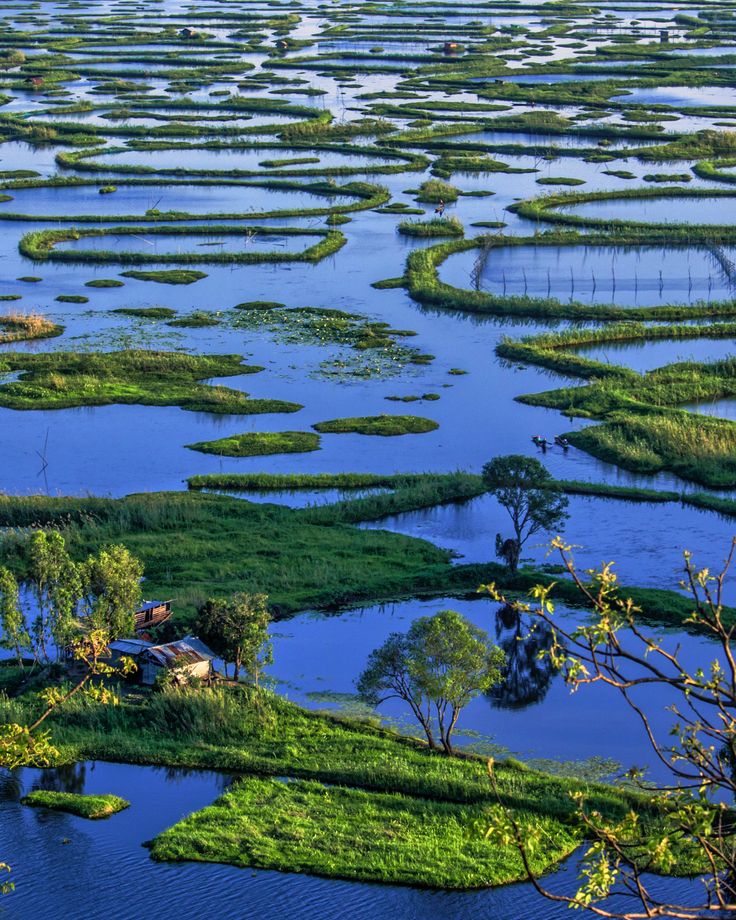 Loktak Lake is often called the “Floating Lake” for one fascinating reason – its
Loktak Lake is often called the “Floating Lake” for one fascinating reason – its 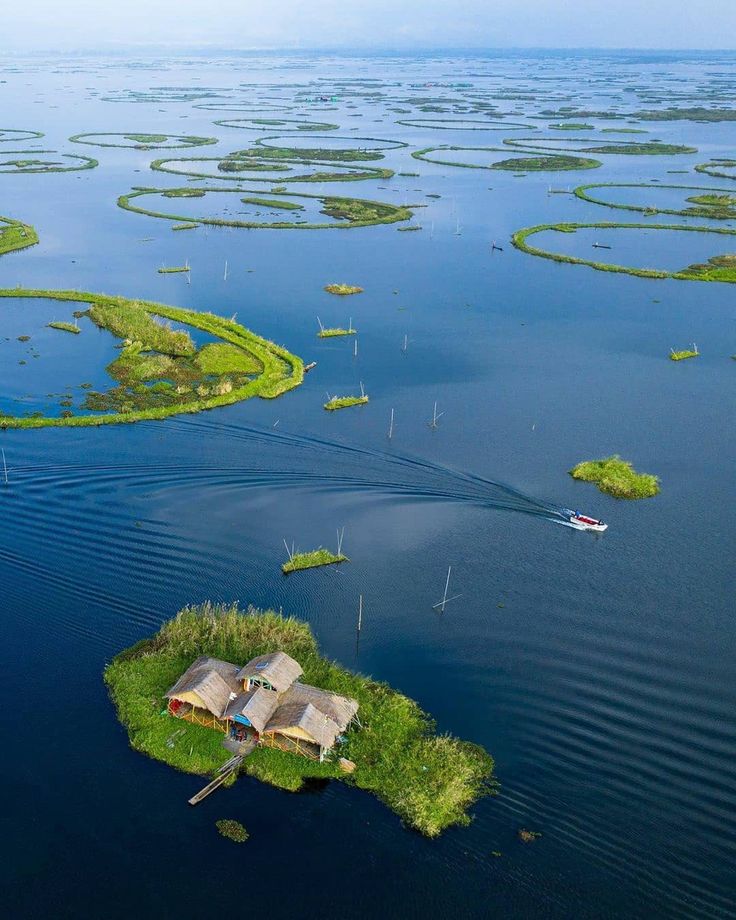 At the heart of these floating masses lies Keibul Lamjao National Park, the only floating national park in the world. This park is home to the endangered Sangai deer, also known as the Manipur brow-antlered deer.
At the heart of these floating masses lies Keibul Lamjao National Park, the only floating national park in the world. This park is home to the endangered Sangai deer, also known as the Manipur brow-antlered deer.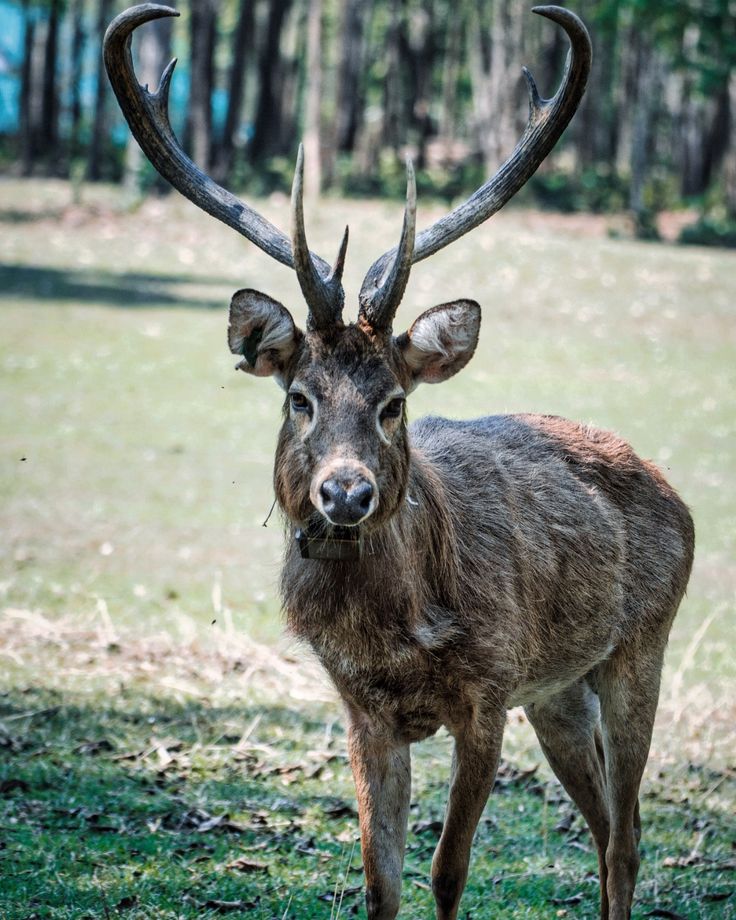 The park’s beauty is unmatched, offering visitors a chance to witness the delicate balance of life in this aquatic ecosystem.
The park’s beauty is unmatched, offering visitors a chance to witness the delicate balance of life in this aquatic ecosystem.